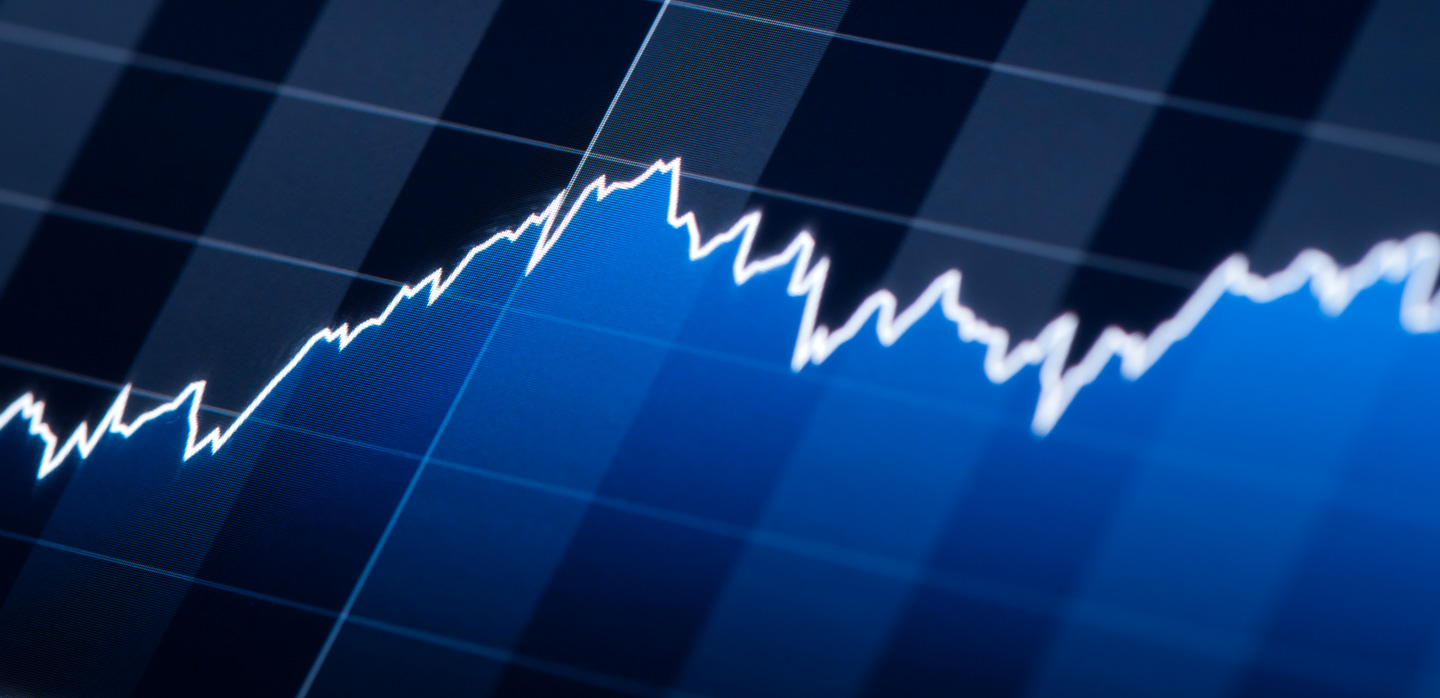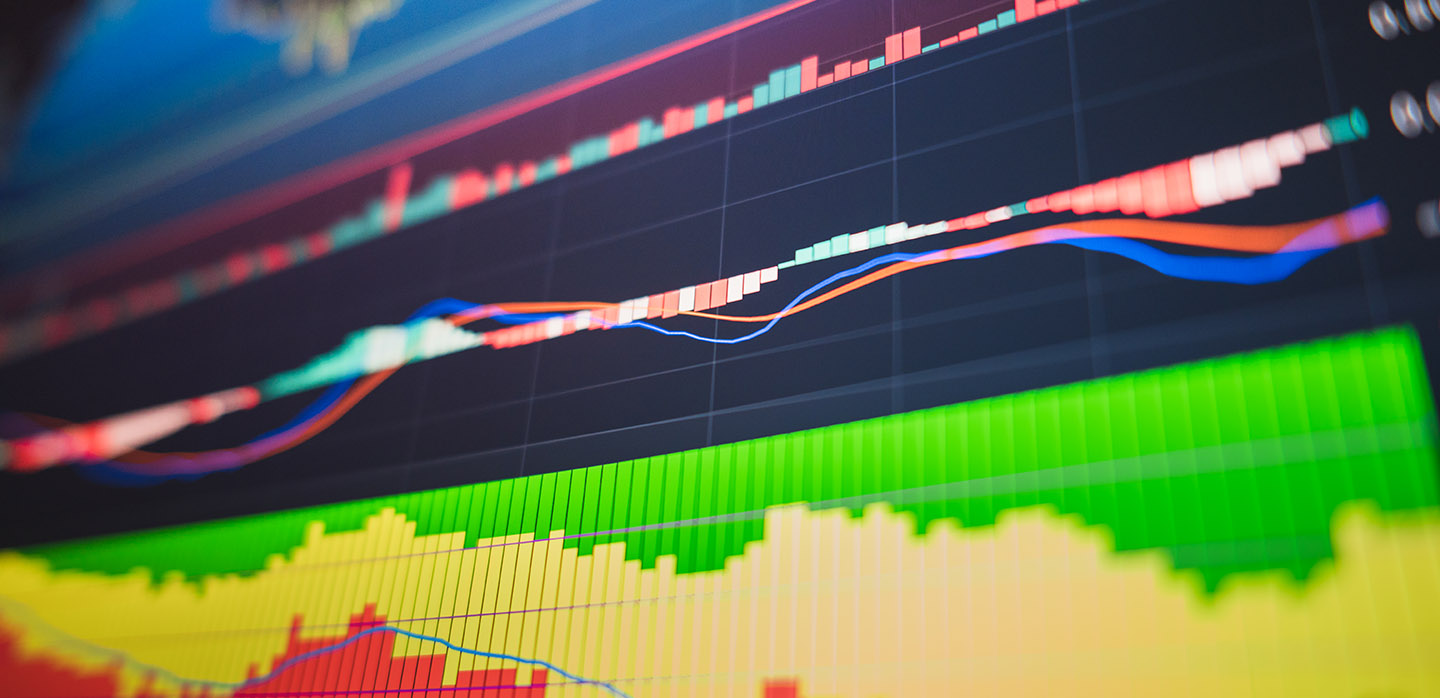Sustainable investing is the practice of evaluating a company’s environmental, social, and governance (ESG) factors when considering long-term profitability. The investing philosophy began as an exclusionary strategy that avoided stocks like tobacco or firearms, but it has evolved into a holistic investment approach that recognizes the financial materiality of ESG issues to returns.
A New Era for Sustainable Investing
This transformation has been visible both through an increase in asset flow – 2019 saw $21.4 billion in sustainable funds inflow – and the expanded universe of investment opportunities such as mutual funds that have added ESG criteria.
Corporations have continued to feel pressure to take action to fight climate change and make progress toward an array of Sustainable Development Goals. Blackrock’s Larry Fink told CEOs he believes “[s]ustainability and climate-integrated portfolios can provide better risk-adjusted returns to investors… sustainable investing is the strongest foundation for client portfolios going forward.”
Why it’s more relevant than ever
Morgan Stanley has shown that, while ESG funds and their traditional peers have generally similar returns, ESG funds have less downside risk than their traditional peers, exhibiting smaller deviation during turbulent markets. Their report illustrates this finding with a metaphor: “Two ships may sail the sea in parallel. However, when a storm hits, most captains would rather find themselves at the helm of the ship that was built to endure choppy water. Our analysis of sustainable funds indicates that they are akin to the ship that is resilient in the face of high winds.
Downside risk is now more relevant than ever—COVID-19 represents one of the strongest headwinds many modern institutions have faced to date. Companies with global supply chains continue to feel pain from factory shutdowns, aimed at limiting the virus’s spread. For many investors, COVID-19 has been a wakeup call, highlighting several social considerations, including employee health and safety and supply chain resilience.
As a result, ESG funds continued to see investments pour in, and ESG-oriented ETFs saw $8.5B in flows in April and May alone. The pandemic is expected to accelerate the shift toward a more holistic investment approach, as investors and organizations alike look for opportunities to maximize returns and create a more sustainable world. For many investors and advisors, “sustainable investing” has become so routine in how they look at companies, ESG analysis is becoming the new normal.
What does the shift toward sustainable investing mean for C&I customers?
Increased Investor Engagement
Companies can expect increased active engagement by investors on ESG issues – especially regarding worker safety and climate change. Sustainability disclosure has gained momentum over the past few years, as investor networks such as CDP pressure companies for transparency about climate risks. As our understanding of climate risk has evolved, new approaches to assessing climate risk have emerged, including the Taskforce on Climate-Related Financial Disclosure (TCFD) which establishes a framework for evaluating climate-related financial risks, and Sustainable Accounting Standards Board (SASB), a framework for integrating sustainability with financial reporting.
Enel X partnered with Environmental and Energy Leader on a new ebook to help companies considering integrated financial and sustainability reports, aimed at helping today’s businesses engage with their investors and stakeholders around sustainability issues.
New Sources of Funding
Plunging growth and earnings forecasts have left many companies scrambling to cut costs. Many corporations have turned to the debt market in recent years, using instruments like green bonds to fund energy efficiency projects and sustainability-linked bonds whose rate is determined by the issuer’s ability to meet their goals.








